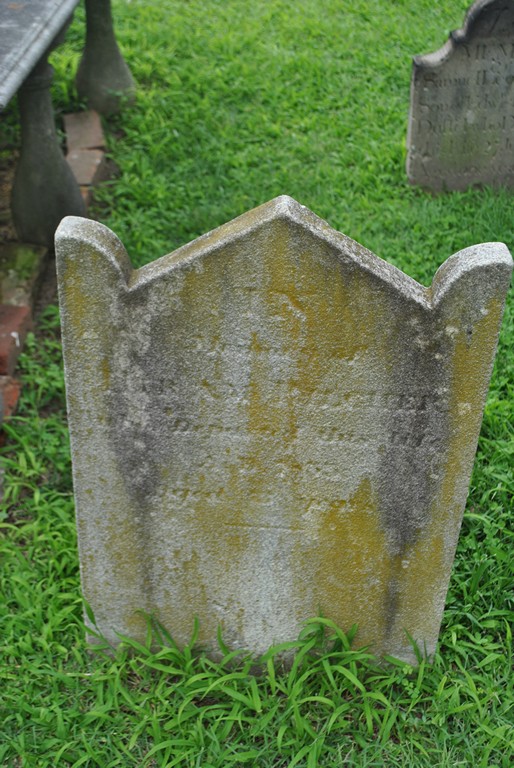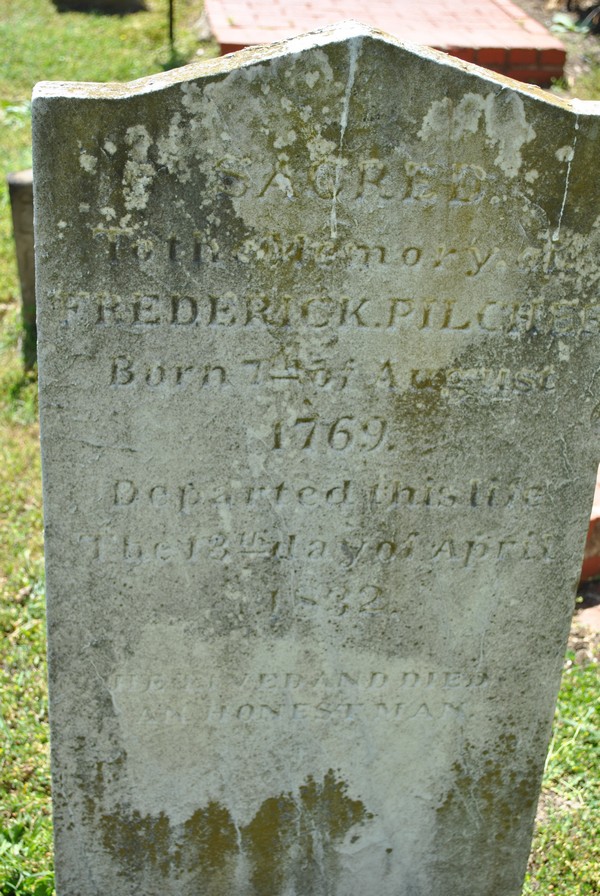St. George’s has a variety of styled gravestones as well as gravestones with beautiful typography. This article looks at the former. We’ll look at 10 representative graves.
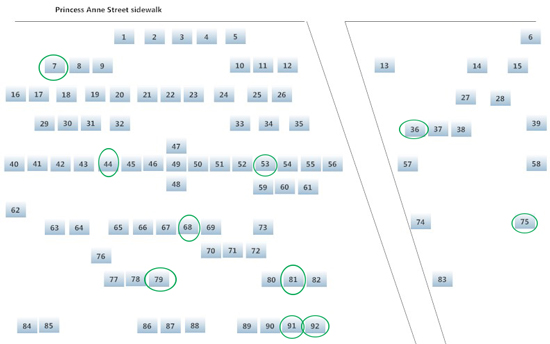
From the “International Southern Cemetery Gravestones Association”
“In earlier times when there were no cemeteries, people used to have burial plots near their family homes.These graves were usually marked with rough stones, rocks, or wood, apparently, as a way to keep the dead from rising.
“They were mostly marked with the deceased’s name, age, and year of death. Gradually, churchyard burials evolved involving large, square-shaped tombstones prepared from slate (1650-1900) or sandstone (1650-1890). The inscriptions carved on slate used to be shallow yet readable. Public cemeteries evolved in the 19th century. Eventually, people started giving importance to the gravestones, headstones, footstones, etc. as a means to memorialize the dead
“Thus, they started engraving the headstones with a small epitaph or a few words about the deceased whether written by the individual himself or by someone else. Plus, they bore details like the date of birth and date of death of the departed loved one.”
The term gravestone, by the way, emerged from a Jewish custom in which the visitors to a grave used to place stones at the head as a way to honor the deceased.
We can look both at the different styles of graves as how they evolved over time.
By Style
1. Table Tomb.
We have two of these with one broken. Also known as a pedestal tomb.
These tombs had regional appeal, popular in England and in the southeastern states.
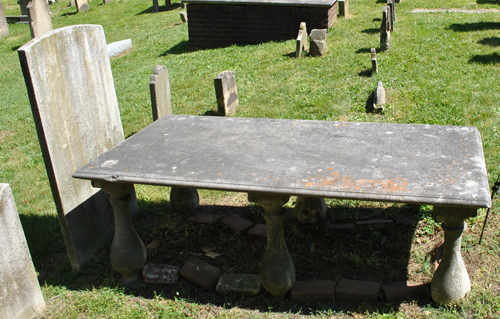
2. Ledgers
Ledgers are very thin slabs of stone that sit very low to the ground, without a headstone or footstones
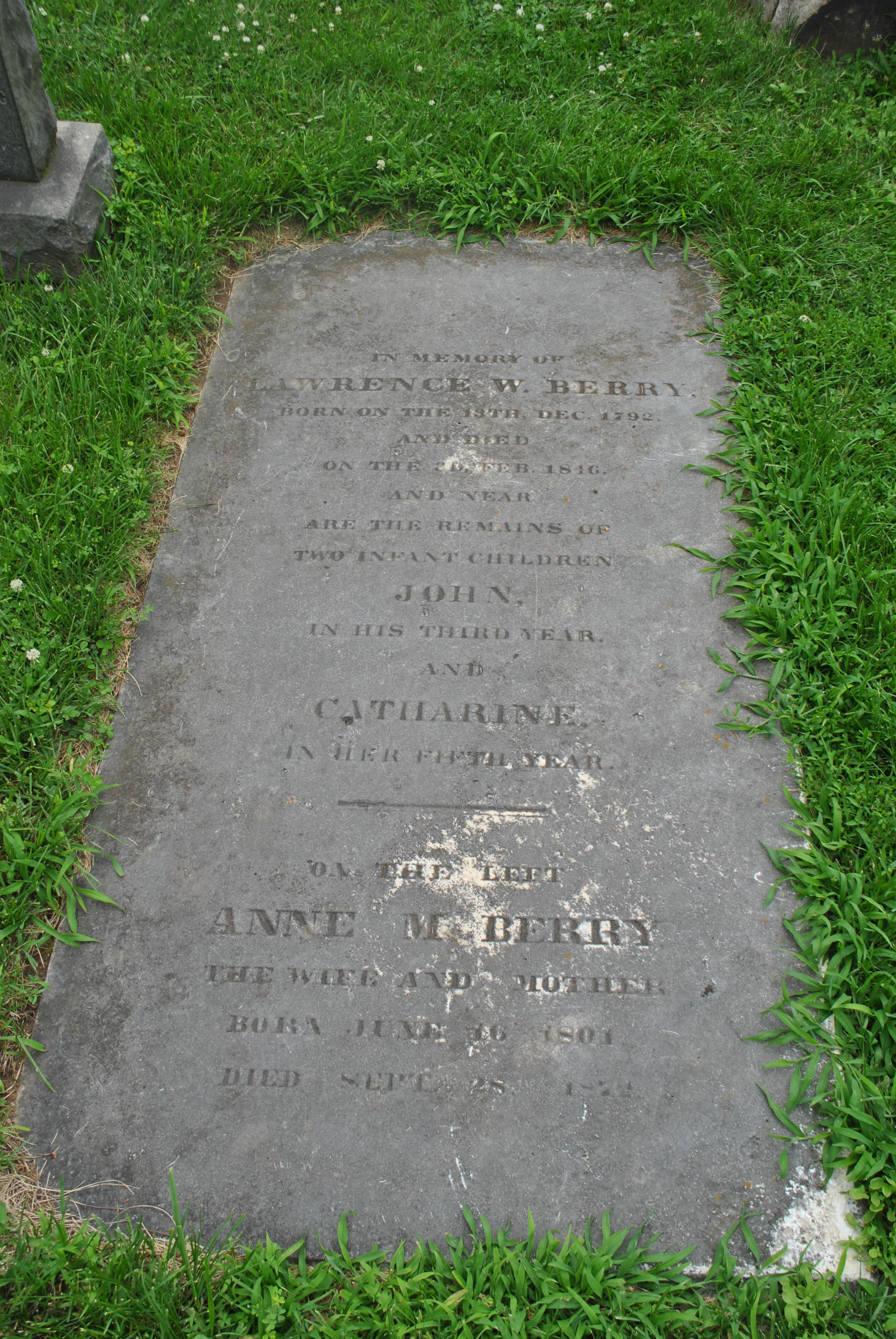
3. Obelisks
We have two:

Obelisks are tall, column-like monuments that originated in Egypt. They are mounted on four-sided square pedestals. Furthermore, an obelisk is pointed at the top, and tends to be decorated with a statue, pyramid, or some other structure
4. Domed Tablet
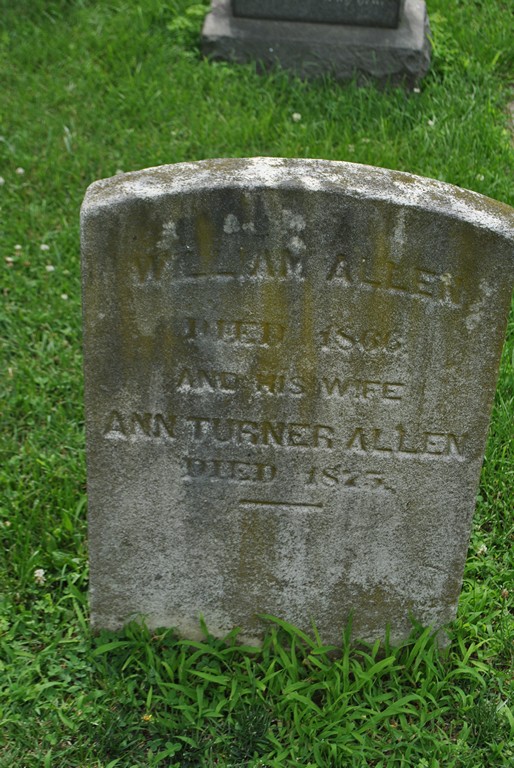
5. Shouldered Tablet
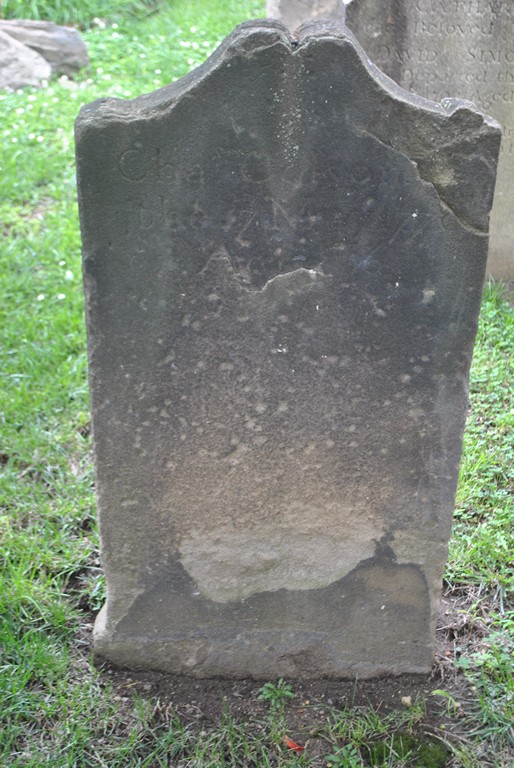
6. Gothic Tablet
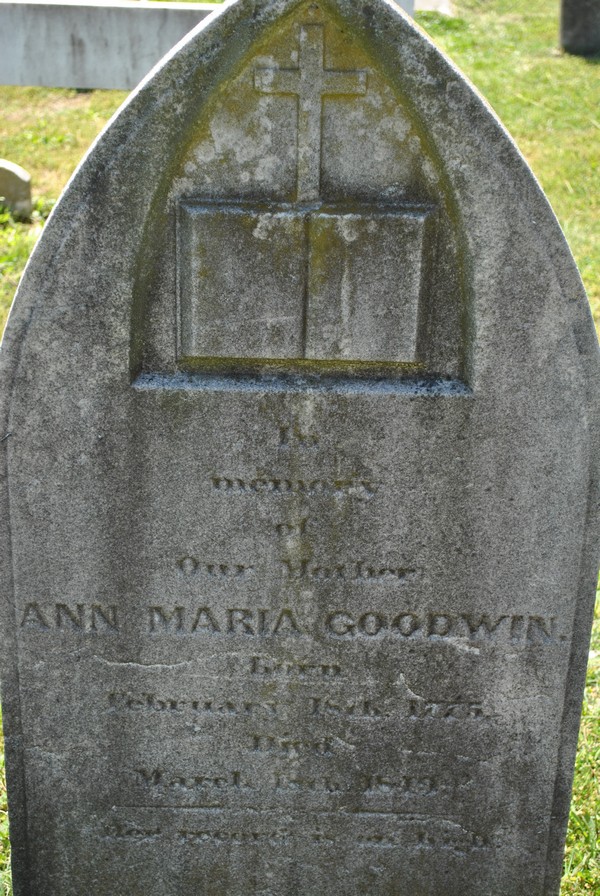
By Century
1. 18th Century
During the 18th century, the Baroque style dominated grave markers. Tympanums and caps, or shoulders, were curved or pointed and elaborate designs were often found carved into the tympanum.
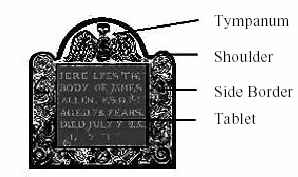
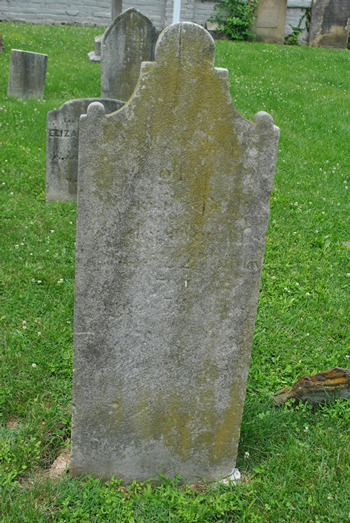
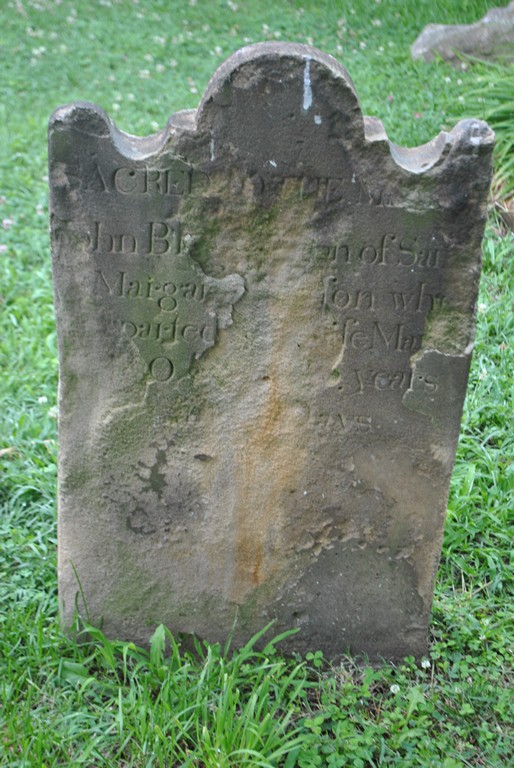
2. 19th Century
When the neoclassical revival began in the arts movement sometime in the 19th century, trends in grave markers followed. Tablet markers were now more rectangular or had pointed arches or segmental (round) tops. Of course there were variations on the basic style, such as the addition of caps to a plain pointed arch
